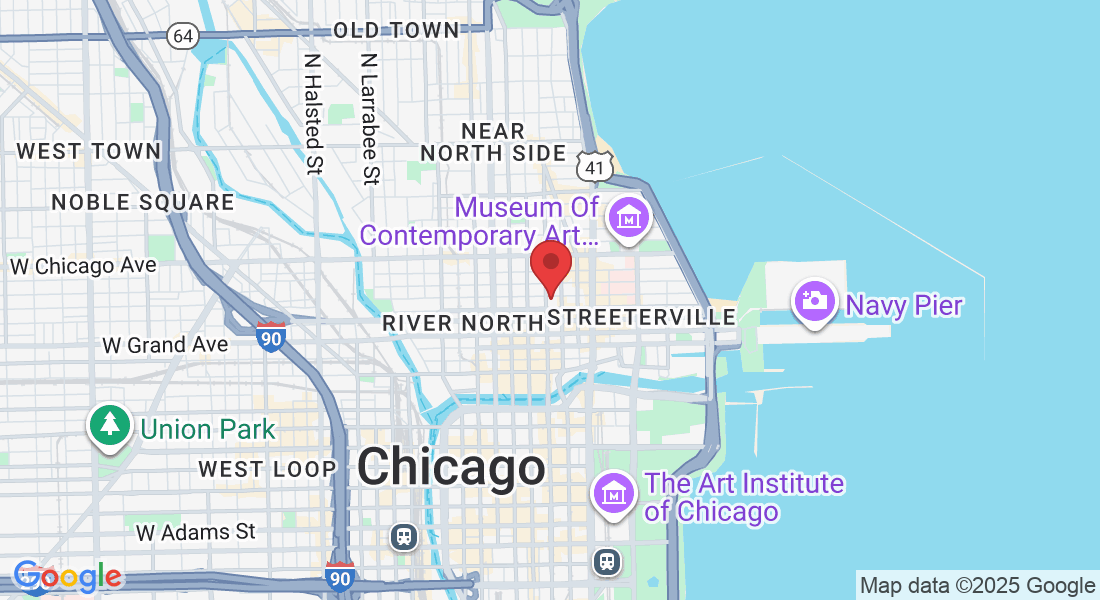
Do You Need A 15 Year Term Life Insurance Policy
If you’re thinking about purchasing a 15-year term life insurance policy, you’re probably assessing the advantages and disadvantages of purchasing a long-term versus a short-term policy. To help you decide what’s best for you, we’ll examine the advantages and disadvantages of 15-year insurance coverage in this blog post.
We’ll also talk over how young families that want to make sure their kids are taken care of financially in the event of something bad happening to them have a 15-year term insurance as a solid choice. Hence, regardless of your age, marital status, or single status, continue reading to learn more about 15-year term life insurance coverage!
The benefits of a 15-year term life insurance plan
An insurance policy with a 15-year term is one that offers protection for that length of time. If the policyholder passes away during the covered term, the death benefit is paid. The policy expires and no death benefit is given if the policyholder does not pass away during the time that is covered.
Term life insurance policies are often less expensive since they do not include a cash value component like whole life insurance policies do.
If you need temporary coverage or want to lock in a cheap price for a specific amount of time, a 15-year life insurance plan may be a smart choice. In conclusion, having a life insurance coverage is essential if you have a family and a mortgage!
Also, it may be a wise choice for someone who wants to reduce the amount of taxes their beneficiaries would be required to pay on the death benefit.
It’s crucial to examine prices from several insurers when thinking about a 15-year life insurance plan. Also, it’s crucial to confirm that you are in good enough health to be eligible for coverage, as most insurance plans need a medical check.
You should also think about your long-term goals and whether you will require insurance after the initial 15-year period.
The advantages of 15 years of term life insurance
The policyholder might gain from a number of advantages with a 15-year life insurance plan. Among these advantages are:
1. A death benefit that is assured
The beneficiaries of the policy will be paid the death benefit if the policyholder passes away within the policy’s 15-year term. When you know that your family can take care of their financial obligations in the event of your untimely death, this financial security can provide you peace of mind.
2. Premium levels
A 15-year life insurance plan’s premium payments are fixed at the same rate for the full term of the policy. Given that you know exactly how much your monthly premium payments will be, this might aid in budgeting and planning.
3. Adaptability
The option to convert a 15-year life insurance policy to a permanent one is common. If your needs change over time and you need to keep your life insurance coverage, this may be advantageous.
4. Reasonable
The cost of term life insurance is typically lower than that of permanent life insurance, making it an excellent choice for people on a tight budget.
5. Mental calm
Knowing that you have a 15-year life insurance policy in place can provide you comfort in knowing that, in the event of your passing, your loved ones would be financially taken care of.
Only a few of the advantages that a 15-year life insurance plan might provide are listed above. In order to determine whether a 15-year term policy is the best option for you if you’re looking for life insurance, be sure to talk to an insurance agent about it.
A 25-year term life insurance policy is another term length that is rarely utilised.
How to choose the best 15-year term life insurance plan for you?
It’s crucial to evaluate several plans and providers while looking for the life insurance policy that best suits your needs. Before purchasing life insurance plans, you must take into account a number of aspects, including the death benefit, monthly or yearly premiums, and term length.
Funeral Benefit
The reward related to death is the most crucial consideration when selecting a life insurance plan. This is the sum of money that, in the event of your passing, will be distributed to your beneficiaries. The benefit should be sufficient to pay for your funeral costs as well as any unpaid debts or medical bills you might have.
Premium
The premium is a different aspect to take into account while selecting a life insurance policy. The monthly cost of your insurance coverage is known as the premium. Your age, health, and death benefit will all have an impact on the premium.
Length of Term
Another crucial aspect to take into account when selecting a life insurance policy is the term duration. The duration of the policy’s term is how long it will be in force. You might be able to find an insurance with a longer or shorter period than the typical 20-year term.
Obtaining estimates from multiple different organisations is crucial when evaluating various life insurance policies. You will be able to examine the various features and advantages of several policies giving temporary or permanent coverage.
It’s also crucial to study the small print of each policy to determine what is and isn’t covered.
While selecting a 15-year life insurance plan, there are numerous aspects to take into account. Considerations like as the death benefit, premium, and term duration are crucial. You can find the best coverage for your needs by comparing quotes from various insurers.
Things to consider before buying a 15-year life insurance policy?
Several factors should be taken into account before purchasing a 15-year life insurance policy:
1. For how long do you require insurance?
A life insurance plan can be the ideal choice if you just require coverage for a short time. A whole life insurance policy, however, can be a better choice if you think you’ll need protection for a longer time.
2. How much protection do you require?
Calculating how much coverage you will actually require can help you choose the best policy for your requirements, so make sure to do this.
.What is your spending limit?
Finding a life insurance policy that fits within your budget and enables you to continue paying your insurance obligations is crucial because the cost of life insurance policies can vary substantially.
4. What characteristics does the policy have?
Every policy you are thinking about should have fine print, as there may be some crucial information inside that you were not aware of.
5. How well-being are you?
If your health is good, you can be eligible for cheaper premiums. Your premiums, however, can be greater if you have some health problems.
6. What is the background of your family?
Your premiums can be higher if you come from a household where illness runs in the family.
7. Do you use tobacco?
Your current state of health is a factor in this. Typically, smokers pay a greater premium than non-smokers.
8. What do you do for a living?
Your rates might be higher if you work in a hazardous environment.
9. What kind of lifestyle do you lead?
Your rates may increase if you lead a dangerous lifestyle.
10. Do you feel at ease with the business?
Verify the reputation and track record of the life insurance provider you are considering by doing some research on them.
How to compare different 15 year life insurance policies?
There are a few things you should evaluate while examining various 15-year life insurance policies.
You should start with examining the premiums. The premium is the sum of money you will pay for your insurance coverage each month. You should look for an insurance whose premiums you can afford.
Next, you should consider the death benefit. If you pass away while the policy is still in effect, your beneficiaries will get this sum of money. Be sure the benefit is sufficient to pay for your final expenses and to support your loved ones.
Next, you should consider the business’s financial health. Make sure the business you are working with is solvent and will be able to pay out the benefit in the event of your passing.
The cost of a 15-year term life insurance policy
We’ll use a $1,000,000 in coverage and annual premium as an example.
For a healthy 40-year-old male non-smoker, a 15-year life insurance coverage costs $500 a year. But for the same person, a 20-year term life insurance policy would cost $700 a year.
A 15-year life insurance plan will cost a healthy 50-year-old guy $1,300 per year, and a 20-year term policy will cost him $1,700 per year.
A 20-year term policy will cost $5,200 per year for a 60-year-old male non-smoker and cost $3,600 per year for a 15-year plan.
These life insurance premiums apply to healthy people only. Your charges will be greater if you have health difficulties. Also, smokers pay much more for life insurance.
Summing Up
A decent approach to obtain long-term coverage without worrying about policy renewals every few years is with a 15-year term life insurance policy.
A 15-year life insurance plan is a wonderful choice if you’re looking for a plan that will safeguard your loved ones in the event that something were to happen to you. When purchasing a 15-year term life insurance policy, there are a number of factors to take into account, including the price and the advantages.
The finest policy for your needs should be found by comparing several ones.
Frequently Asked Questions
What happens at the end of a 15-year term life insurance policy?
A 15-year term life insurance policy has two options for renewal: another term or conversion to a permanent policy.
Due to the insured’s advancing age and thus increased chance of death, the premium will often rise if the policy is renewed.
But, the policyholder will receive life coverage. If the policies are converted to permanent life insurance plans, the premium will typically be greater than it would have been if the policy had been purchased as a permanent policy from the beginning.
How does a 15-pay life insurance policy work?
A 15-pay life insurance plan requires 15 premium payments spread out over 15 years.
Your coverage will be entirely paid up after those 15 years, at which point you won’t need to continue paying premiums.
Nonetheless, your death benefit will still be in effect and be distributed to your dependents after your passing.
For those who desire the security of life insurance but don’t want the trouble or expense of paying recurring premiums, this sort of policy is a viable choice.
Is a 10-year term life insurance worth it?
If you require coverage for at least 10 years, it is worthwhile to get a 10-year life insurance plan. A shorter-term policy might be more appropriate if you don’t anticipate needing coverage for so long.
Remember that your needs could vary over time, so you should frequently reassess your need for life insurance.
A 10-year life insurance plan could be an economical option to acquire the protection you need provided you’re in good health and don’t smoke.
If you’re on a tight budget, term life insurance might be a smart choice because the premiums are typically lower than those for permanent life insurance.
What happens at the end of a 10-year term of life insurance?
The level death benefit period of a 10-year life insurance policy terminates at that time.
The policyholder now has three options: renew the coverage, change it to a different kind of life insurance, or let it expire.
As the policyholder is now seen as being in a higher risk category, the premium payments will normally increase if the policy is renewed.
The coverage amount may be decreased upon conversion of the insurance, but no further medical examinations will be required of the policyholder.
The policyholder will no longer be protected once the policy expires.
Conclusion
If you aren’t sure yet, we advise that you request a life insurance quote. The best approach to learn how much coverage you require and how much it will cost is to use this method. Using our free online tool, you can quickly compare prices from numerous different providers.
Hopefully, this article has helped you make an informed decision about your life insurance needs.



